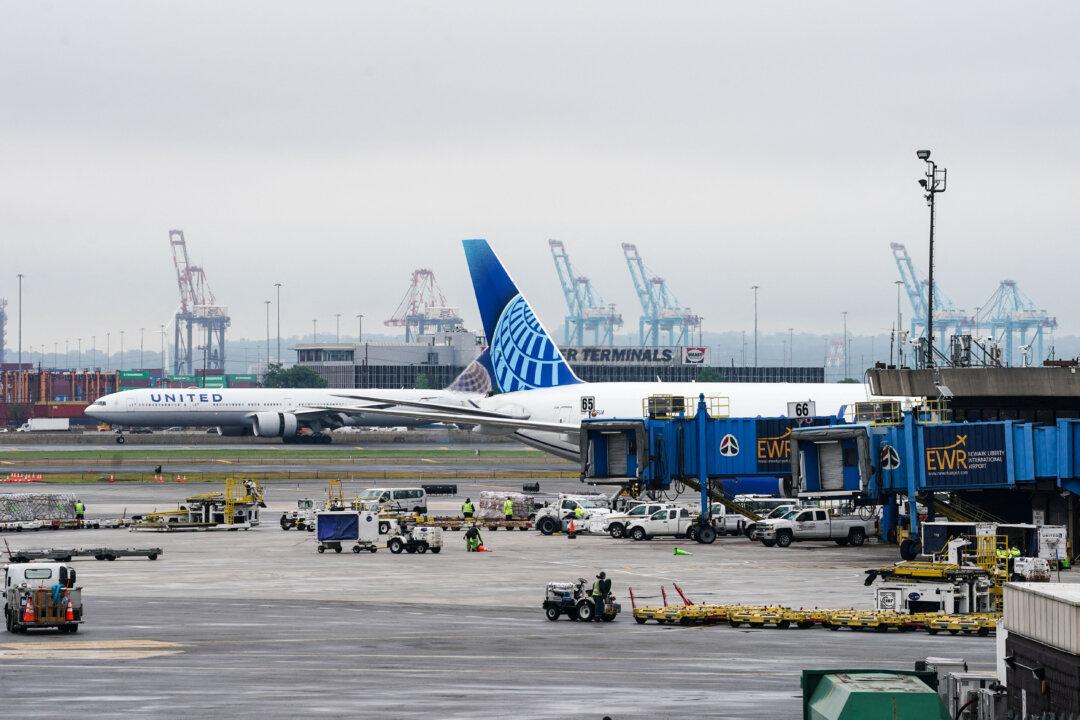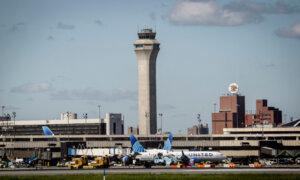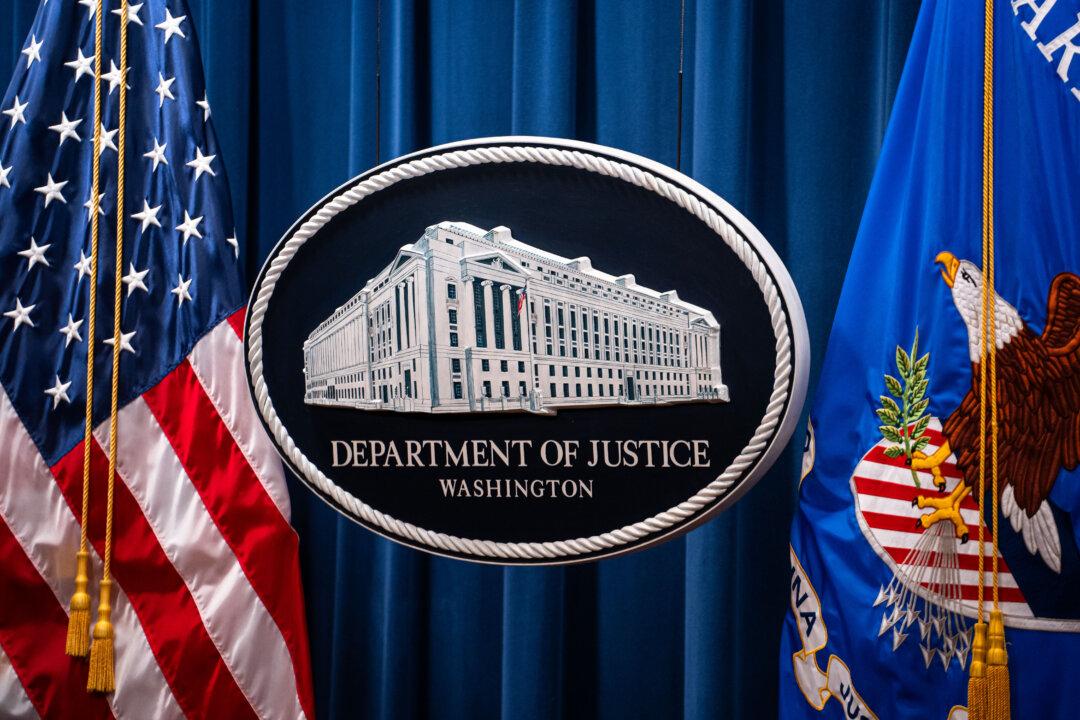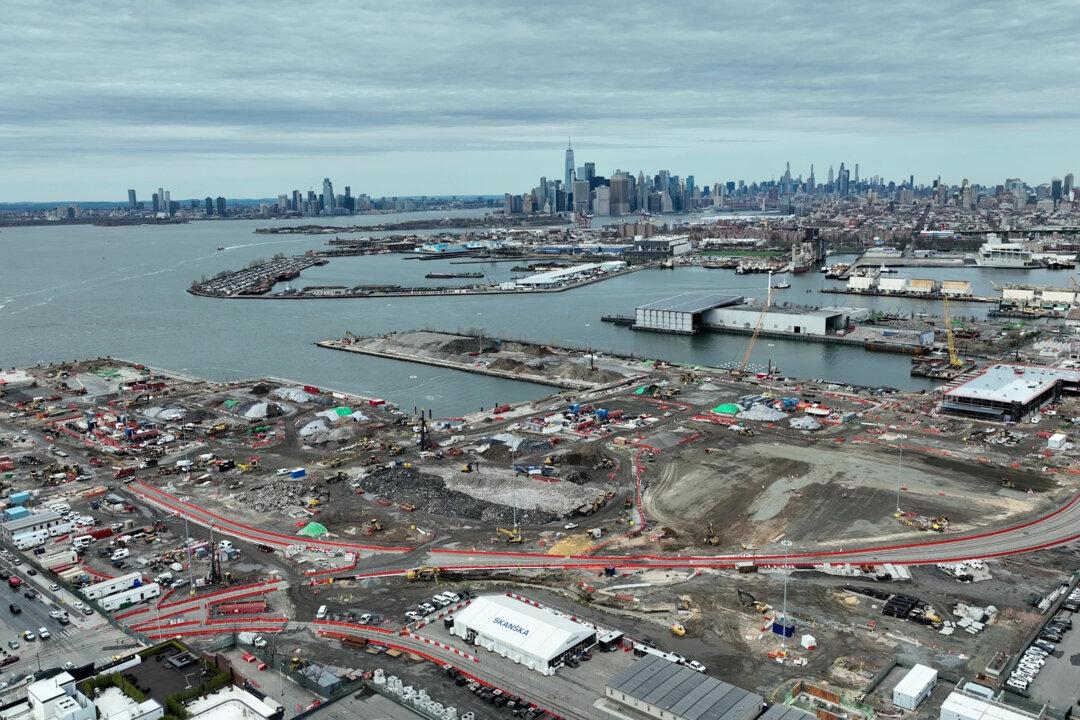The Federal Aviation Administration (FAA) stated on May 20 that flight reductions at Newark Liberty International Airport in New Jersey will remain in effect until June, following a series of equipment outages in recent weeks.
It stated that the flight cuts will continue until the daily runway construction ends on June 15, after which the hourly limit for landings and takeoffs will increase to 34 each until Oct. 25.
The FAA stated that the measures will help reduce over-scheduling, flight delays, and cancellations to “an acceptable level” at the airport, which has been grappling with staffing shortages, equipment outages, and runway construction.
The agency stated that the targeted limits could be adjusted “if it determines capacity exists to accommodate more flights without a significant increase in delays, or that further flight reductions are necessary.”
The FAA also took steps to upgrade the airport’s technology, including installing three new high-bandwidth telecommunications connections and replacing existing copper telecommunication lines with fiber-optic technology, which will provide greater bandwidth.
The agency stated that a temporary backup system will be deployed to the Philadelphia Terminal Radar Approach Control (TRACON) during the switch to the fiber-optic network. The FAA also stated that it will increase air traffic controller staffing.
The interim order was issued after the FAA held three days of one-on-one meetings with major airlines last week to discuss flight scheduling reductions.
FAA Investigating Recent Outage
Before the announcement, the FAA on May 19 reported the fourth incident of air traffic controller outage affecting Newark airport, when the Philadelphia TRACON lost radio frequencies for about two seconds at 11.35 a.m. local time.The relocation was intended to address staffing issues at the New York facility, but Duffy said it was dangerous because the Philadelphia TRACON has to be fed data from New York through old copper data lines, which were already vulnerable.
“There were issues in October and November under [former President Joe Biden] and [former Transportation Secretary Pete Buttigieg] that would have highlighted to the prior administration that the underlying hardware would continue to cause problems,” Duffy said on May 12.
“This math doesn’t work. Especially when there is weather, staffing issues or technology breakdowns—the airspace, taxiways, and runways get backed up and gridlock occurs,” Kirby said.







